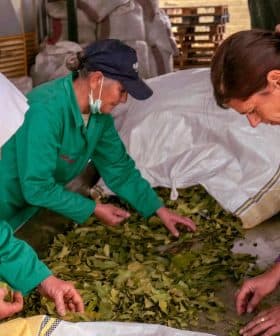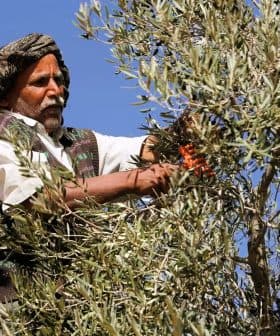Provenance Branding Seen as Key to Protecting Australian Olive Oil Exports
With counterfeiting and quality issues a constant problem for Australian food brands, some experts believe that provenance branding is the key to safeguarding quality.
Australian producers of high-end consumer food products, including olive oil, are advised to collaborate on regional provenance branding to protect their market share and combat freeloading producers in Asian markets, a report by RIRDC suggests. The report recommends expanding GI registration to include other foods and beverages to safeguard against counterfeiting and quality scandals in international markets, particularly in regions like China and Japan where Australian food exports have been growing rapidly.
Australian producers of exported, high-end consumer food products (including olive oil) looking to secure a larger share of their retail earnings should consider collaborating to secure “regional provenance branding,” says a report by the Rural Industries Research and Development Corporation (RIRDC).
This should allow farmers to more effectively capture and protect the additional value they create by generating provenance-based goodwill in those markets.
While this approach is recommended as a means of safeguarding regional products against freeloading producers from hitching on the bandwagon (something that poses a constant threat in Asian markets, where cheap imitation products are a constant threat), it comes with its own hurdles, in the form of GI (Geographical Indication) registrations — something only available to the Australian wine industry.
The report is titled “Local to Global: Provenance Branding and Farmer Co-operation for High-Value Export Markets” and is written by legal experts William van Caenegem and Lucie Tréguier and geographical governance expert Jen Cleary.
It puts forward that Australia should be expanding its GI registration scheme to allow other foods and beverages to register as a proactive measure against counterfeiting, which plagues Asian countries like China and Japan.
The report even cites instances of luxury food product packaging bearing Australian locations on inauthentic goods such as oysters and abalone. With food exports to these regions doubling to over AUS $9 billion over the last five years thanks in part to a burgeoning upper middle-class population (one that is set to reach 180 million by 2022); this should be a cause for concern for all Australian specialist food exporters.
In addition to safeguarding the quality of products in international markets, provenance branding would also go a long way towards combatting the recent quality scandals plaguing the international olive oil market.
Currently, many Australian olive oil producers are already part of geographical organizations and associations, which would make collective regional provenance branding through GI certification and trademark significantly easier.
This method of branding allows for each individual producer to retain their unique corporate branding and imagery. The idea of expanding provenance branding already has the support of several parties, including the European Union Ambassador to Australia.
Chris Mercer, president of Olives Western Australia, told Olive Oil Times that while there is indeed a growing need for growers to protect their brands overseas and that grower groups can find strength in numbers, the fact that GI protection is still limited to the wine industry and that overseas GI branding is only possible once domestic GI branding has been attained, means that certification this way is not likely to happen anytime soon unless these issues are dealt with.
The report concludes by mentioning that while technological branding solutions such as holographic marks and QR codes can be used as safeguarding measures, the authors of the report believe these strategies are “short-lived in their efficacy” and producers should seek out a more effective and long-term solution to protect their high-value provenance brands.
This is something that Mercer disagrees with, as he believes that technological protection is still an effective measure and that the systems currently available (including the “Australian Authentic” program) are more than effective for the time being.









